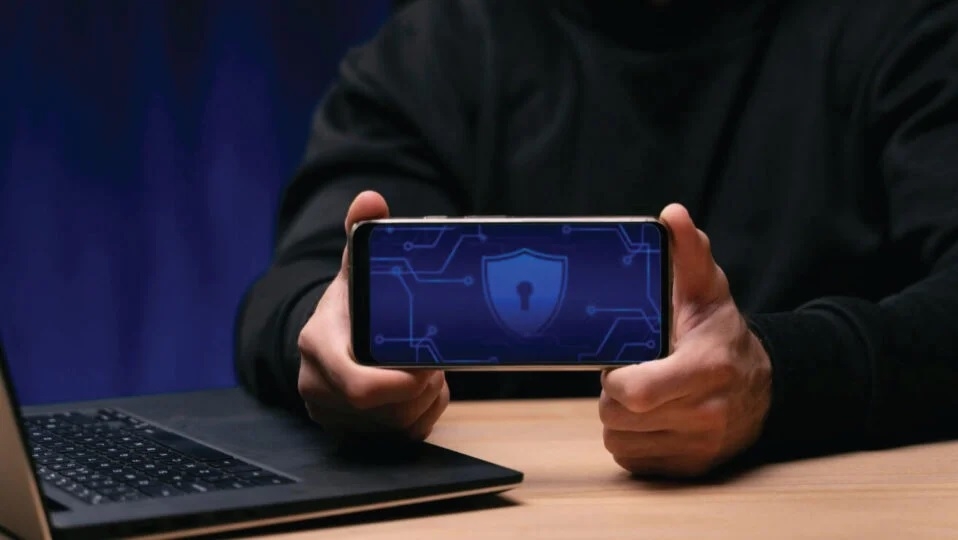Step-by-Step Guide to Implementing Cyber Threat Hunting in 2024

As cyberattacks advance in their sophistication and frequency, traditional cybersecurity defenders-the firewalls, antivirus software, even intrusion detection systems-are no longer sufficient in protecting companies. Organizations are bound to face advanced persistent threats (APTs), ransomware, as well as insider attacks in 2024 that often go undetected by automated detection tools. This makes proactive cybersecurity a dire necessity.
According to new research findings, the average amount of time taken before it is possible to detect a breach stands at more than 200 days, which is a very long window for cyberthieves to siphon sensitive data and cripple business operations.
This mainly occurs in B2B organizations operating within the finance, healthcare, and technology sectors, as these sectors are mainly characterized by sophisticated attackers seeking high-value data. However, the only solution is in cyber threat hunting-a proactive security approach aimed at detecting threats before they trigger damage.
In the guide here, we will cover the most important steps to implement a robust cyber threat hunting strategy tailored for 2024-overview of all the skills, processes, and technologies that will help in keeping your business safe.
Step-by-Step Guide to Implementing Cyber Threat Hunting in 2024
Step 1: Establish a Baseline of Normal Network Behavior
So, how do you detect the anomalies you are looking for? The fact is, you don’t know what an anomaly is unless you know what normal activity looks like. So, make use of those monitoring tools; track regular patterns across endpoints, user behaviors, and network traffic. That will let you quickly identify when something’s not patterned behavior.
Step 2: Hypothesis Creation and Investigation
Formulate hypothesis from intelligence report or suspected vulnerabilities. For instance, “We might be susceptible to lateral movement since our recent upgrade of software.” Plan your investigation by reviewing logs, correlating data, and using tools to monitor affected areas.
Step 3: Data Collection & Aggregation
Collect information that could stretch network traffic, endpoint activity, and even event logs. Log aggregation will be necessary to combine these from SIEM and endpoint monitoring tools for more streamlined analysis.
Step 4: Threat Detection and Analysis
Look for any pattern or anomaly in the collected data. AI and machine learning algorithms are quite sensitive to very minor indicators of compromise that could easily be missed by the human naked eye. For example, a sudden increase in network traffic or unusual login attempts maybe an indicator of something going rogue.
To Know More, Read Full Article @ https://ai-techpark.com/implementing-cybersecurity-threat-hunting/
Related Articles -
Data Governance and Security Trends in 2024
Trending Category - Mental Health Diagnostics/ Meditation Apps
- Industry
- Art
- Causes
- Crafts
- Dance
- Drinks
- Film
- Fitness
- Food
- Juegos
- Gardening
- Health
- Home
- Literature
- Music
- Networking
- Other
- Party
- Religion
- Shopping
- Sports
- Theater
- Wellness
- News


